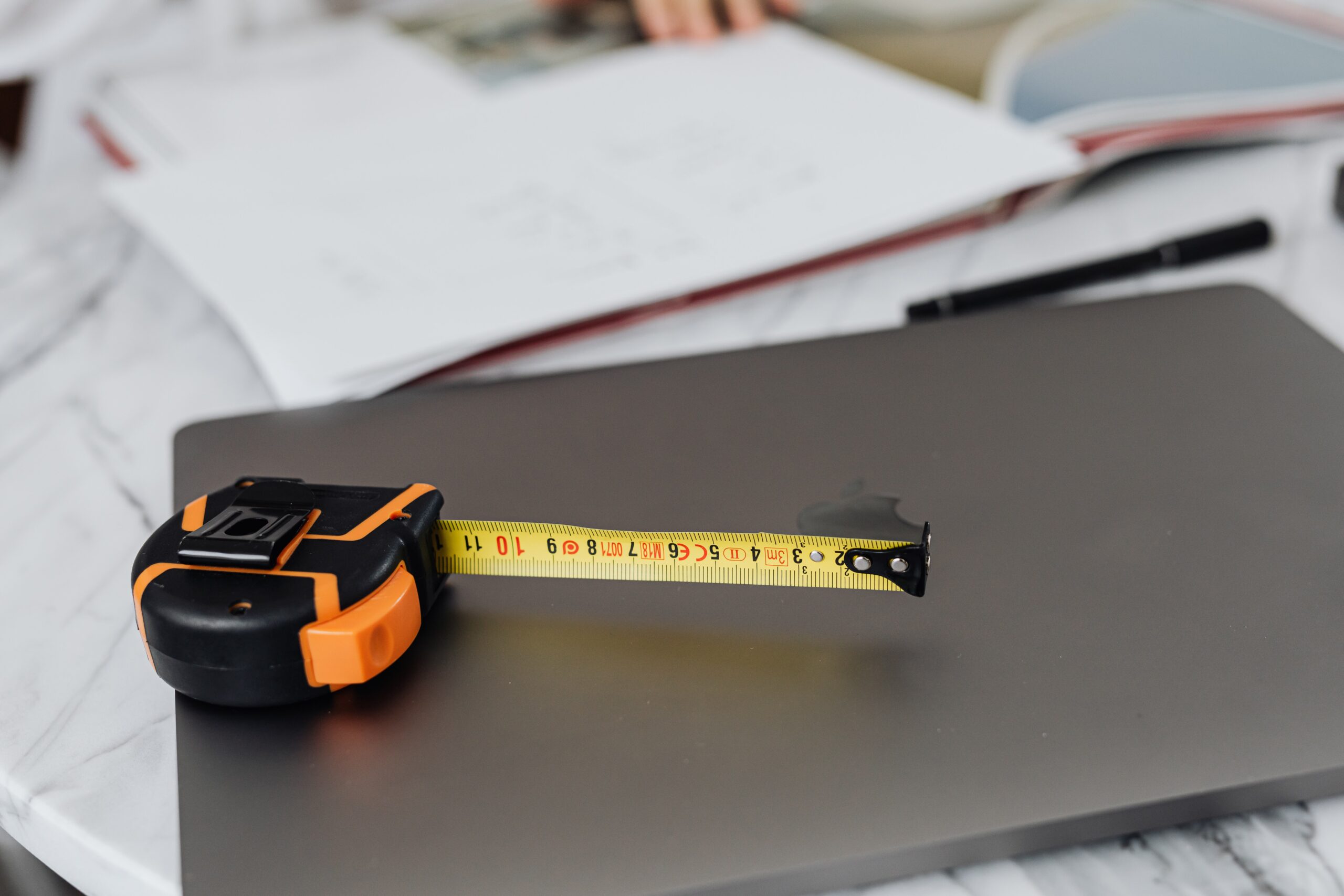
RENTABLE VS. USABLE SQUARE FOOTAGE IN A COMMERCIAL REAL ESTATE LEASE
When you are looking to lease commercial space, it is important to understand the difference between rentable and usable square footage. Rentable square footage is the total amount of space that you are paying rent on, while usable square footage is the actual amount of space that you will be able to use on an exclusive basis.
What is Rentable Square Footage?
Rentable square footage is the total amount of space that a tenant is responsible for paying rent on. It includes the usable square footage plus an allocated share (typically on a pro-rata square footage basis) of the common areas in the building. Common areas are areas that are shared by all tenants in the building, such as hallways, lobbies, restrooms, and elevators. The common area allocation is often referred to as the core factor.
The amount of common area that is included in rentable square footage (core factor) is often calculated using a methodology known as the Building Owners and Managers Association (BOMA) International floor measurement standards. The BOMA standards take into account the size and layout of the building, as well as the specific common areas that are available. It is important to note that although it is common for property owners to utilize the BOMA floor measurement standards, it is possible that other (non-standard) methodologies may be utilized by property owners in calculating the core factor and rentable square footage figures.
What is Usable Square Footage?
Usable square footage is the actual amount of space that a tenant will be able to use. It typically includes the interior space of the tenant’s unit, as well as any areas that are specifically designated for the tenant’s exclusive use.
Usable square footage does not include common areas.
Why Does It Matter?
The difference between rentable and usable square footage can be significant, so it is important to understand the difference before you sign a lease. For example, if a tenant is leasing 10,000 square feet of rentable space, they may only be able to use 9,000 square feet of usable space. This means that they are essentially paying rent on 1,000 square feet of space that they can’t exclusively use.
It’s also important to understand the difference between rentable and usable square footage when you’re comparing the prices of different properties. A property with a higher rentable square footage may seem like a better deal, but it’s important to remember that you’re not actually getting more space.
Conclusion
The difference between rentable and usable square footage is an important concept to understand when you are leasing commercial space. By understanding the difference, you can avoid paying rent on space that you can’t use and make sure that you’re comparing apples to apples when you are comparing different properties.
Here are some additional resources that you may find helpful:
- BOMA International: https://www.boma.org/
- The National Association of Office and Industrial Properties (NAIOP): https://www.naiop.org/
- ICSC (formerly known as International Council of Shopping Centers): https://www.icsc.org/


